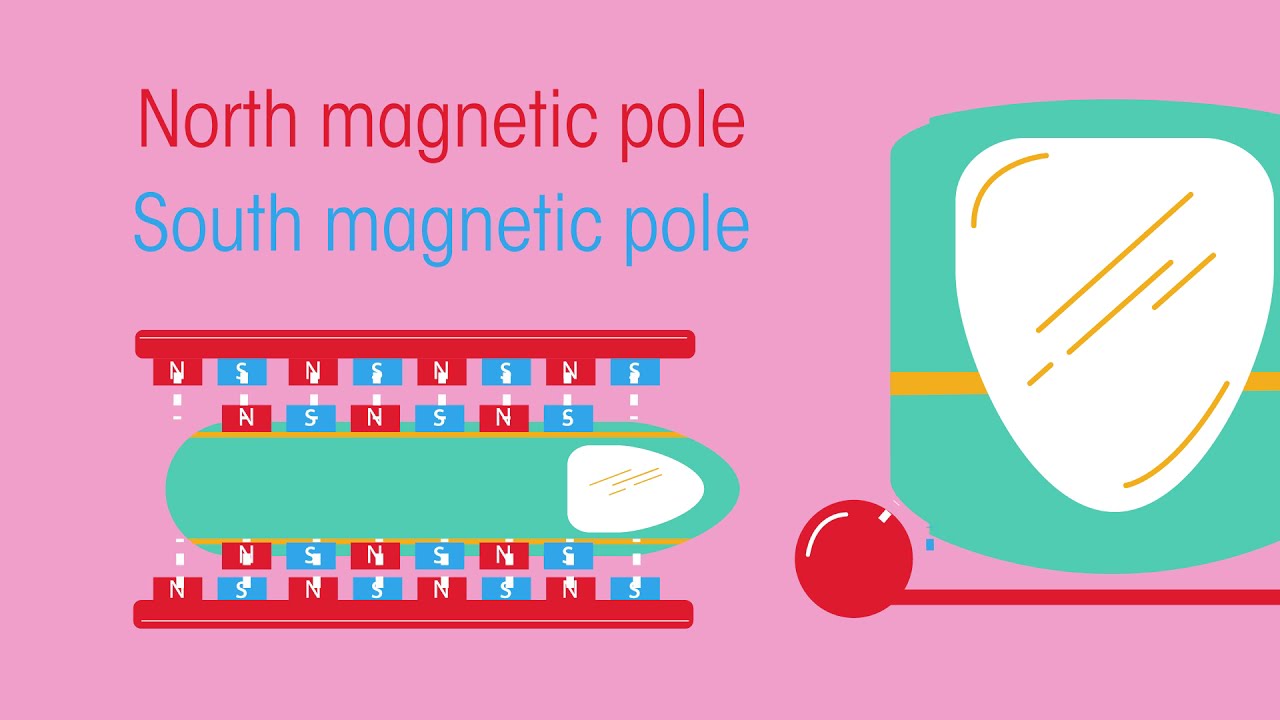Have you ever wondered how your phone charger works or how magnets stick to the refrigerator door? The answer lies in magnetic fields and electric currents. These two concepts are fundamental to understanding how electricity and magnetism work together in our daily lives.
In this article, we will explore the basics of magnetic fields and electric currents, including what they are, how they work, and their practical applications. By the end of this article, you’ll have a solid understanding of these crucial concepts and be able to appreciate their impact on our world.
What is a Magnetic Field?
A magnetic field is a force field that surrounds a magnet or a moving electrical charge. When a magnet moves, it creates a disturbance in the surrounding space, causing an invisible force to emanate from it. This is known as a magnetic field.
Magnetic fields are crucial to understanding how magnets work. They are responsible for the attractive and repulsive forces that occur between magnets and other magnetic materials. They are also essential for generating electrical power, as we’ll explore later in this article.
How are Magnetic Fields Measured?

Magnetic fields are typically measured in units of tesla (T) or gauss (G). One tesla is equal to 10,000 gauss.
There are various instruments used for measuring magnetic fields, including magnetometers and Gauss meters. Magnetometers can measure both the strength and direction of a magnetic field, while Gauss meters only measure the strength.
What is Electric Current?
Electric current is the flow of electric charge through a conductor, such as a wire. It is caused by the movement of negatively charged electrons through the wire.
The unit of measurement for electric current is the ampere (A), named after the French physicist André-Marie Ampère, who first discovered the relationship between electric current and magnetism.
How is Electric Current Measured?

Electric current is measured using an ammeter, which is placed in series with the conductor carrying the current. The ammeter measures the flow of electrons through the wire and displays it on a meter.
The direction of electric current is also important. It is conventionally defined as the direction that positively charged particles would flow. However, in reality, it is the negatively charged electrons that are actually moving.
Electric current is the flow of electric charge, typically carried by electrons, through a conductor such as a wire. Measuring electric current is important for many applications, from household electricity consumption to industrial processes and scientific research.
The unit of measurement for electric current is the ampere (A). One ampere is defined as the rate at which electric charge flows past a given point in a circuit, with one coulomb (C) of charge equaling one ampere-second. Therefore, measuring electric current requires measuring the flow of charge over time.
There are several methods for measuring electric current, each with its own advantages and limitations. Some common methods include:
- Ammeter: An ammeter is a device that is specifically designed to measure electric current. It is connected in series with the circuit being measured, so that all the current flowing through the circuit also flows through the ammeter. The ammeter measures the current by detecting the magnetic field produced by the flow of charge, which creates a force on a small magnet inside the meter. The strength of the magnetic force is proportional to the current, allowing the ammeter to give an accurate reading.
- Shunt resistor: A shunt resistor is a low-value resistor that is placed in parallel with a load or component being measured. By measuring the voltage drop across the shunt resistor using a voltmeter, the current can be determined using Ohm’s Law (I = V/R), where I is the current, V is the voltage across the resistor, and R is the resistance of the shunt resistor.
- Hall effect sensor: A Hall effect sensor is a semiconductor device that detects the presence of a magnetic field. When placed in a magnetic field perpendicular to the direction of current flow, the sensor outputs a voltage proportional to the current. This method is commonly used for high-current applications, such as in power distribution systems.
- Current transformer: A current transformer is a type of transformer that is used to measure high currents. It consists of a primary winding that carries the current being measured, and a secondary winding that is connected to an ammeter or other measuring device. The secondary winding produces a current that is proportional to the primary current, allowing accurate measurement without the need for direct electrical contact with the current being measured.
In summary, electric current can be measured using a variety of methods, each of which has its own advantages and limitations. Choosing the appropriate method depends on factors such as the range of current being measured, the accuracy required, and the type of circuit being measured. Regardless of the method, accurate measurement of electric current is essential for many applications in industry, research, and everyday life.
How do Magnetic Fields and Electric Currents Interact?
Magnetic fields and electric currents are closely related. When an electric current flows through a wire, it generates a magnetic field around the wire. Similarly, when a magnetic field is applied to a conductor, it induces an electric current in the wire.
This relationship between magnetic fields and electric currents is known as electromagnetism. Electromagnetism is the basis for many modern technologies, including electric motors, generators, transformers, and more.
Practical Applications of Magnetic Fields and Electric Currents
Magnetic fields and electric currents have numerous practical applications in our daily lives. Here are just a few examples:
Electromagnets
Electromagnets are magnets that are created by running an electric current through a coil of wire. They are used in a wide range of applications, from cranes and lifts to MRI machines and particle accelerators.
Motors and Generators
Electric motors and generators both rely on the principles of electromagnetism. In a motor, an electric current is used to create a rotating magnetic field, which produces the mechanical motion. In a generator, mechanical motion is used to rotate a magnetic field, which creates an electric current.
Power Generation and Distribution
Electricity is generated using large turbines that are turned by steam or water. These turbines contain powerful magnets that rotate inside coils of wire, producing an electric current. This current is then transmitted across power lines to homes and businesses.
Conclusion
Magnetic fields and electric currents are fundamental concepts that underpin much of modern technology. Understanding how they work and their practical applications can help us appreciate the role they play in our daily lives. From simple magnets to complex MRI machines, magnetic fields and electric currents are all around us.
So the next time you plug in your phone charger or marvel at the power of an MRI machine, remember that it’s all thanks to these two fascinating concepts: magnetic fields and electric currents.


